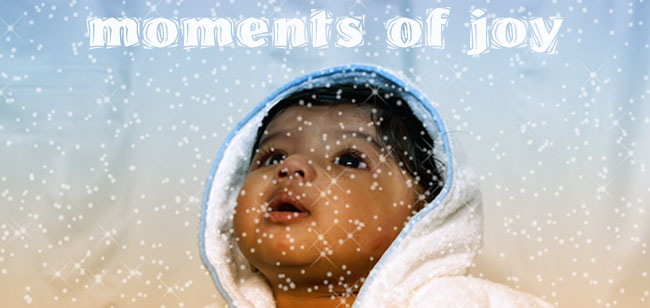"Baby sign language is rapidly becoming very popular with many of today's new parents. This early method of communication has so much potential, both positive and negative, that I feel compelled to share some of what I've learned about hand signs for babies.
There are many different versions and styles of baby sign language, but they all have one thing in common - They provide a way for parent and child to communicate with each other long before the infant is capable of speaking. Babies hand signing works because the child can control some of their hand movements long before they can do much with their vocal cords.
Non-verbal communication is very important to a child's early development. It gives them practice in sharing their needs, and lets them exert some degree of control over their own environment. Simply put, non-verbal communication provides an alternative to the usual frustration and crying (which also means a LOT less stress for the parents).
Non-verbal signing is also a great way to understand what's going on in your child's mind. Most children are able to start using a few different signs by the time they are 7 or 8 months old, and can have a vocabulary of more than 50 "words" by their first birthday.
Babies can start using hand signs as early as about 7 months, but what about for even younger infants? In the same way that an infant can communicate with their hands before their vocal cords, they can control the lips and tongue long before the hands. You can start with 1 or 2 "lip signs" almost from the time they are born.
The way to teach your child to sign is very simple. Just use any sign along with the verbal word every time you say it. Repeat, repeat, repeat - Keep using the same sign every single time you say the word. The child learns that this is the normal way to communicate. You don't need to use any "official" sign language - You just need a sign that is easy enough for the baby to do physically, and simple enough for you to remember. Some good early ones to start with are puckering the lips as a sign for "milk", poking out the tongue for "teething ring", and blowing air for "hot".
Once your child starts using the signs, gradually keep adding new "words", but make sure they are ones that are important to your child. Some very good ones are "more" (probably the most frequently used sign by infants), "good", "cup/drink", "bonk/ouch", "hot", "cold", and "all gone". Remember that you can use any sign at all, as long as you keep each one consistant for each word. The more obvious a sign's meaning is, the easier it will be to remember. Point to the different body parts as you name them. As your child develops, they will make up some new signs on their own.
For most parents, signing is just a temporary phase until the verbal skills develop. Repetition is the key to quicker learning, as long as you keep it fun, and don't be concerned if the signs aren't "proper" sign language. As long as you and your child are learning to communicate with each other, any sign will work."
1 comment:
We started using sign language, with my triplet boys, when they were one year old. I regret not starting it when they were infants! We were told about Baby Signing Time and Signing Time (www.signingtime.com) by other triplet parents and we were hooked!
Why not give infants a way to communicate before they are able to speak!? Did you know that some states have American Sign Language count as a foreign language in the schools?
I wish everyone would sign with their babies, hearing or not!
Post a Comment